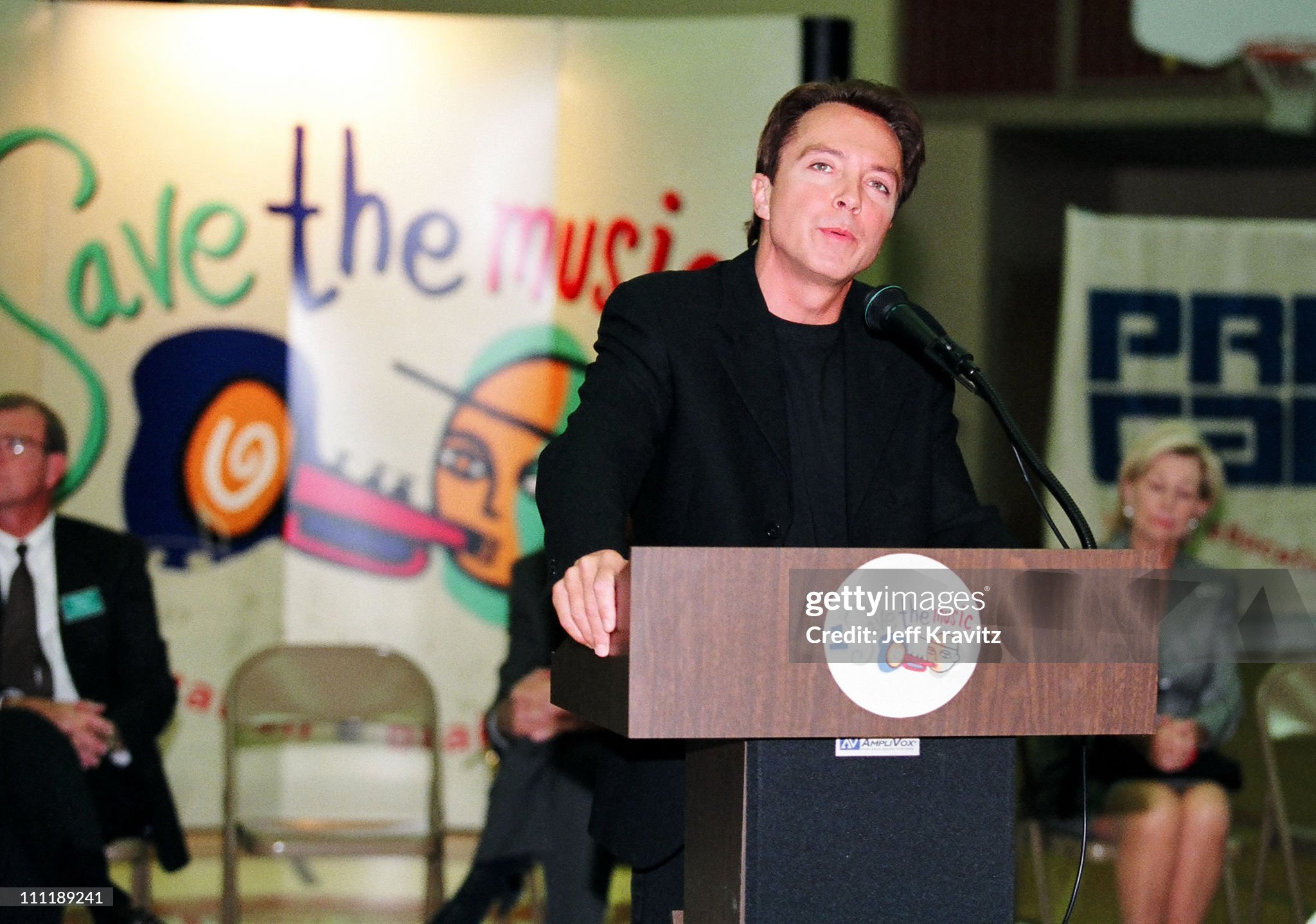
A yearning whispered into a microphone—“Doesn’t Somebody Want to Be Wanted” is David Cassidy’s most public question with the most private ache: the sound of a young man asking, plainly, to be seen.
Headlines first. Credited to The Partridge Family and released in February 1971 on Bell Records, “Doesn’t Somebody Want to Be Wanted” became the group’s second major hit: No. 6 on the Billboard Hot 100 (twelve weeks on the chart) and No. 1 in Canada, with a Cash Box No. 1 to boot. It was issued as the lead single from the second LP, Up to Date, and backed with “You Are Always on My Mind.” In March 1971 the single earned a Gold certification—further proof that what began as a TV tie-in had become a bona fide pop phenomenon.
A few credits tell the shape of the record. The song was written by Mike Appel, Jim Cretecos, and Wes Farrell, with Farrell producing and steering the performance toward radio clarity: a bright acoustic strum, a pulse that leans forward, and Cassidy’s tenor carried right at the surface. On paper it’s bubblegum, but in the ear it’s closer to a little torch song in a teenager’s clothes—open vowels, clean phrases, a chorus built to catch on kitchen radios and school-bus singalongs alike.
The famous—and revealing—backstory is the spoken interlude in the middle eight. Cassidy hated the idea, resisted it fiercely, and later wrote that he was “embarrassed” by the recitation. The label and studio pushed; filming of the TV show even paused while managers tried to break the stalemate; in the end, he recorded the spoken part under protest. That tension is part of the record’s weather: the band offering sweetness while the singer is already leaning toward a more adult self. Listening with older ears, you can almost hear him fidget in the quiet—youth’s scripted intimacy rubbing against a young artist’s pride.
As a performance, though, it works because it names something ordinary and universal. The lyric doesn’t brag or bargain; it wonders. The voice asks, again and again, whether anyone wants what he’s offering—time, attention, the small loyalty of showing up. That’s why the single felt so large in early ’71: it took the shy question many of us carried and said it out loud, without armor. Cash Box heard the pull immediately, calling it “even more intriguing” than the blockbuster that preceded it, “I Think I Love You.” And audiences, from American teenagers to Canadian radio listeners, answered in numbers.
Placed inside Up to Date, the track is a hinge. The album arrived in February 1971 with a pair of Top-10 anchors—this single and “I’ll Meet You Halfway”—and it sharpened the project’s identity: Farrell’s pop instincts, Cassidy’s bright but slightly bruised delivery, and that studio band’s unfussy muscle. If the debut LP announced a phenomenon, Up to Date explained the appeal—straightforward melodies sung with a tremor of doubt—and this song is the thesis you hum after the needle lifts.
For those who lived with it then, the record carries a specific texture of time. You can feel the paper sleeve, the Bell logo, the way the 45 sounded a little hotter than the LP cut. You remember hearing the spoken line over the speaker in a five-and-dime or through a single earbud on a school bus; you remember how the chorus made even noisy rooms feel briefly shy. Decades later, that shyness reads as honesty. The song doesn’t promise forever; it simply admits the human need to be wanted—not admired, not mythologized, just wanted.
And for David Cassidy, it unintentionally forecast the road ahead. The same season that crowned him a teen idol also revealed the limits of the costume; here he is, doing immaculate pop work while chafing at its scripted sentiment. The friction is audible and—perhaps—endearing. It adds a little shadow to all that glow, the sense of a real person moving behind the posters.
In the end, “Doesn’t Somebody Want to Be Wanted” endures because it’s humble. It doesn’t reach for poetry it can’t carry. It asks a question many of us still ask, softly, even in long marriages and quiet houses. That’s why the record still lands for older listeners: the innocence has weathered, but the plea has not. Play it now and the room warms a shade; the chorus arrives like a familiar hand at your shoulder; and for three minutes, pop music remembers its first job—to make a crowded world feel less lonely.